Chances are you’ve survived some kind of “employee orientation” or onboarding program over the course of your career. My first such experience was my first job as an “associate” at Sears. I still remember sitting in the employee training room for several days watching dry videos and synchronously flipping through a binder-full of information about policies and customer service expectations. It felt like just another boring day school, except without any friends...and while wearing pantyhose.
Given how well-organized it was, I have no doubt some wise instructional designer thoughtfully crafted that mind-numbing training based on carefully-chosen course objectives. Objectives are statements that identify what you want your learner to be able to do after they've completed your training. They’re usually stated like this…
By the end of the training, learners should be able to…
Clock in and out
Greet a customer
Ring up a customer
Get a customer to open up a Sears card
That kind of thing.
We acquired many skills by the end of our 3-day experience, and I was definitely prepared to survive my first day. I guess that could be good enough for some businesses.
Too bad I also had no idea who my manager was, who I would be working with, which department I’d been assigned to, or what kind of culture I was joining. I felt bored and isolated.
But super ready to clock in.
A Different Kind of Objective
Earlier this week, I was working with a client to help him build an improved employee orientation for his remote employees. My client is a caring leader with a committed and passionate administrative team who would do anything for him and each other because of the culture he’s built. They want their large remote staff to have the same level of care and dedication as the core team, but it’s been a challenge to make it a reality.
We had a great planning session and ended up with two overarching objectives for the training:
By the end of the training, learners should be able to...
Demonstrate that they’re a good culture and personality fit for the role
Perform all of the basic tasks of the job (and we listed them out)
But it just didn’t seem right. It was missing something.
I probed a bit more to find out what were the biggest management problems they had with employees in this particular role. It turned out that most of the complaints they receive have to do with the remote employees not connecting with their clients. Sure, they do their job, but they’re missing heart. And so was this orientation.
So I asked them, “What do you want your new employees to feel as a result of this training?”
They were silent for a few seconds, but as we talked a bit more it became clear that they wanted their new employees to feel confident and supported.
Equipped with our third objective, we now had a whole different flavor for the kind of orientation course we would build. Since the most important rule for designing training is to start with a clear end point and then build assessments, lessons, and activities to guide learners to that promised land, we did just that. Working backwards from our three objectives, we outlined what we needed to include in the training to make them a reality.
Here are just a few of the ways we did that…
We decided we could build confidence by providing face-to-face opportunities to practice and role-play the real-life interactions they would have with clients. Their expert team members could model how to deliver their service with heart and connection and new-hires would have chances to mess up, get feedback, and ask questions in a safe space instead of trying their new skills out for the first time with a real client.
We also incorporated some video observations of experienced, highly-connecting employees performing their duties so new-hires could see how it really happens on the job. After all, so much of feeling confident is knowing what to expect.
When it came to feeling supported, we included opportunities for the new employees to connect with one another like icebreakers, group activities, and discussions. We looked for ways for them to mix with their main contacts in the administrative office so they weren’t just faceless names on a contact list. Rather, they were real humans with whom they’d had a conversation and who cared about their success. We even added post-orientation check-ins with their manager so they knew they’d have someone looking out for them.
What previously could have been a boring training that only focused on the technical aspects of the job is shaping up to be a beautiful first impression of the company for the new employees. The people on the team already believe in the power that relationships have to create happiness and success and they show that in the way they show up at work every day. Now this orientation will also be a reflection of those values.
In Summary…
Yes, define your objectives before you plan your training. What do you want your learner to be able to do when they’re done?
But then ask one more question - What do you want them to feel when they’re done? Look over your core values and ask yourself whether your orientation reflect what you say you want your culture to be.
You only get one chance to make a first impression.
What does your orientation about your culture and values?


